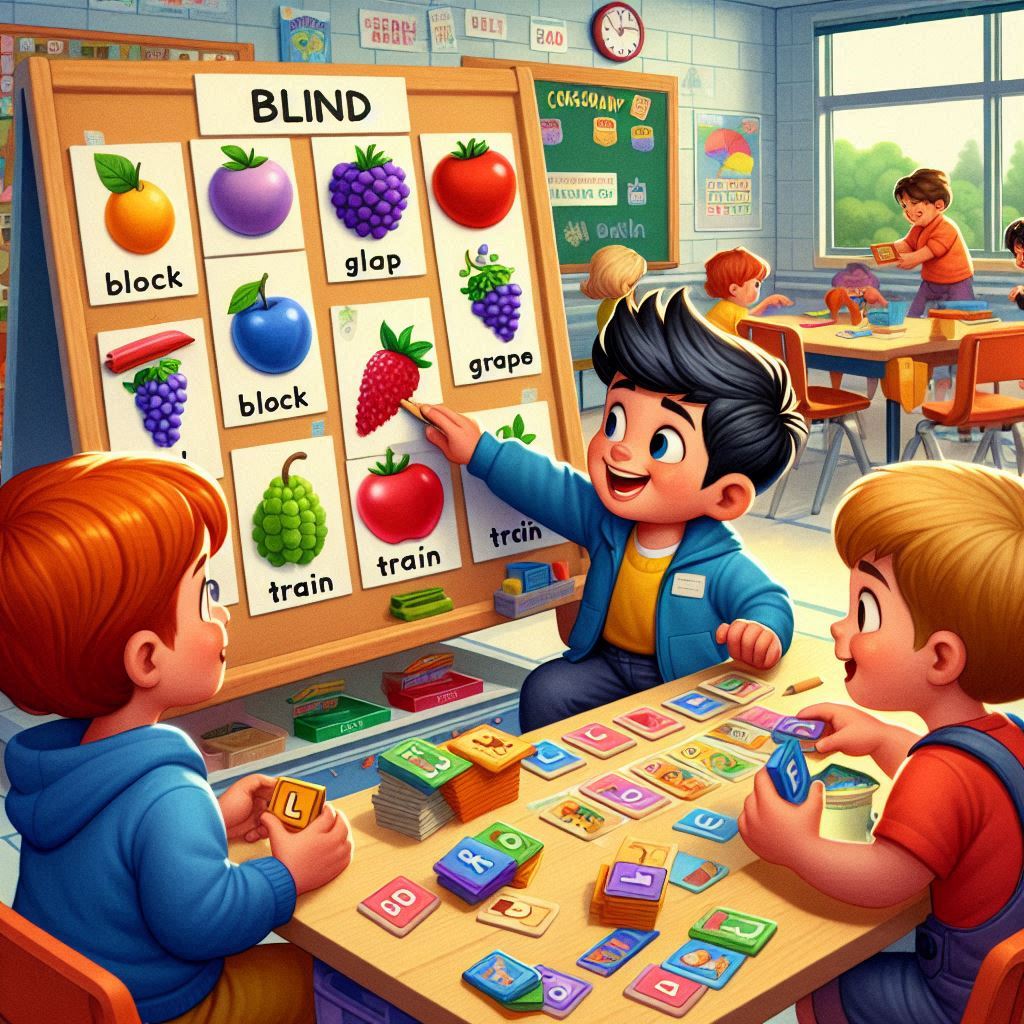Mastering Consonant Blends

Why Consonant Blends Are Essential
Consonant blends are pairs (or groups) of consonants that appear together in words, with each sound still heard — like “bl”, “cr”, or “st”. Understanding these blends is crucial for fluent reading and spelling. The "Mastering Consonant Blends" worksheet helps children become familiar with these sound patterns through hands-on matching, listening, and writing exercises.
What Makes Consonant Blends Unique?
Blends are different from digraphs — where two letters make a single sound (like “sh” or “ch”). In blends, both consonants keep their individual sounds. For example, in “flag”, the sounds of both “f” and “l” are heard. Teaching this distinction gives kids a clearer sense of how words are constructed.
Key Learning Benefits
Here’s how the worksheet strengthens language skills:
- Phonemic Clarity: Kids learn to identify and say multiple consonant sounds smoothly.
- Boosts Decoding: Recognizing blends helps break down unfamiliar words more easily while reading.
- Improves Spelling: Understanding blend patterns helps kids spell words like “frog”, “clap”, or “star” accurately.
- Supports Vocabulary Growth: Children are introduced to new words that use blends in everyday language.
- Enhances Reading Fluency: Mastery of blends leads to more confident and expressive reading.
How to Use the Consonant Blends Worksheet
Step 1: Introduce the Blend Sounds
Start by saying blend sounds aloud like “gr”, “tr”, “bl”, “sp”. Show example words and repeat them slowly so children can hear both letters clearly.
Step 2: Word & Picture Matching
Children are given pictures of items (like grapes, train, or spoon) and must match them to the correct beginning blend. This reinforces both sound and meaning.
Step 3: Fill-in-the-Blank Words
The worksheet may provide partial words like “_rain”, “_lass”, or “_ock” and ask kids to fill in the correct blend (“tr”, “gl”, “cl”).
Step 4: Sound Sorting Game
Let kids cut and sort words or pictures into categories based on their blends. This hands-on activity reinforces patterns through movement and repetition.
Step 5: Create a Blend Book
As an extension, have children create a mini booklet with each page showing a blend and drawings of related words. This encourages creativity and review.
Fun Activities to Reinforce Learning
- Blend Bingo: Create bingo cards with blend sounds, and call out words. Kids cover the blends that match.
- Blending Hop: Write blend sounds on the floor with tape. Call out a word and have kids jump to the correct starting blend.
- Spin & Blend: Use a spinner with blends and ask kids to say or write a word that starts with the blend they land on.
- Draw the Word: Say a blend word aloud, and ask kids to draw it — great for visual learners!
Examples of Words Using Consonant Blends
- Train → “tr”
- Grape → “gr”
- Clap → “cl”
- Star → “st”
- Block → “bl”
- Crab → “cr”
Why Practice Makes a Difference
Learning consonant blends gives children tools to decode new words with ease. It builds their confidence and makes reading more enjoyable. With frequent exposure and playful activities, blends become second nature — just like letter recognition did when they first started.
Conclusion
The "Mastering Consonant Blends" worksheet is a powerful tool for improving phonics and word recognition skills. Through structured exercises, creative games, and real-world examples, children build a solid understanding of how blends work. It’s a must-have resource for any educator or parent helping young learners grow into strong, fluent readers.